You’ll find three effective solutions for telescope focus ring problems: DIY lock rings using household materials like gaffers tape and rubber bands; affordable third-party focus assist adapters including Bahtinov masks that create diffraction patterns; and dual-speed focuser upgrades for precision control with coarse and fine adjustment rings. These options prevent focus drift during long exposures and maintain image quality without expensive equipment. Each method offers different benefits depending on your specific setup and budget constraints.
DIY Focus Lock Rings Using Household Materials

When you’re struggling with focus drift during long exposure astrophotography, simple household materials can save your imaging session.
Gaffers tape or blue painter’s tape can securely wrap around your focus ring, creating friction that prevents unwanted movement while maintaining precise focus.
For enhanced grip and stability, cut small pieces of stiff cardboard to fit your focus ring and secure them with rubber bands. These bands alone can increase tension against accidental adjustments during critical imaging.
Looking for something more robust? Create a custom-made device using stiff materials that provides fine control of your focus mechanism.
Focus lens bands are also commercially available alternatives that won’t leave residue on your equipment.
These DIY focus lock ring solutions offer effective ways to combat drift without expensive specialized equipment.
Affordable Third-Party Focus Assist Adapters
Three excellent options exist for photographers seeking affordable focus solutions without sacrificing quality. The Bahtinov mask stands out among these third-party focus assist adapters, creating a diffraction pattern that guides you to perfect focus when aligned with bright stars.
You’ll find these adapters compatible with common lens sizes (49mm to 77mm), making them versatile additions to your DSLR camera setup. Many adapters feature universal designs that can be hand-held or mounted directly onto your lens, eliminating the need for extra equipment during astrophotography sessions.
The Star Focus Filter, priced at just $49.99, includes a built-in Bahtinov mask for seamless operation. Users consistently report significant improvements in focus accuracy when using these tools, especially during manual focus in challenging low-light conditions typical of night sky photography.
Dual-Speed Focuser Upgrades for Precision Control

For astrophotographers seeking the ultimate precision in their celestial imaging, dual-speed focusers represent a significant upgrade over standard focusing mechanisms.
These innovative devices feature two focus rings: a larger knob for coarse adjustments and a smaller one for fine-tuning. The focuser travel is designed with precision in mind, allowing you to make adjustments as small as 1/10th of a millimeter for accurate focusing on distant objects.
The precision engineering of dual-speed focusers puts celestial objects within perfect clarity through coarse and fine adjustment capabilities.
You’ll appreciate the enhanced focus stability these upgrades provide, especially during longer imaging sessions. Most models include a locking mechanism that prevents accidental shifts after you’ve achieved perfect focus.
Compatible with most telescope models, dual-speed focusers are easy to install and will dramatically reduce your focusing time, letting you capture sharper images more efficiently.
Frequently Asked Questions
How to Focus a Telescope for Beginners?
You should point your telescope at a bright star, use your camera’s live-view mode, adjust the focuser until the star becomes a pinpoint, and lock it in place when you’re satisfied.
How Do You Focus a Ring Camera?
To focus your Ring camera, mount it securely, clean the lens, then use the Ring app’s live view feature. Gently rotate the focus ring until the image appears sharp. Check focus regularly after repositioning or environmental changes.
How to Focus a Camera Through a Telescope?
To focus a camera through a telescope, set your camera to manual focus, use live-view mode, aim at a bright star, and adjust the focuser slowly until the star appears as a sharp pinpoint.
How to Fix Poor Focus in Telescope?
You’ll need to guarantee proper back focus distance (~55mm), use a Bahtinov mask for precision, monitor temperature changes throughout the night, utilize your dual-speed focuser, and regularly check focus with test exposures.
In Summary
You’ve now got three solid options to tame that slipping focus ring. Whether you’re crafting a DIY solution from household items, investing in a third-party adapter, or upgrading to a dual-speed focuser, you’ll dramatically improve your astrophotography results. Don’t let a drifting focus ruin your perfect shot of Jupiter or that elusive nebula. Pick the method that fits your budget and skill level, and you’ll enjoy crisp, clear images all night.
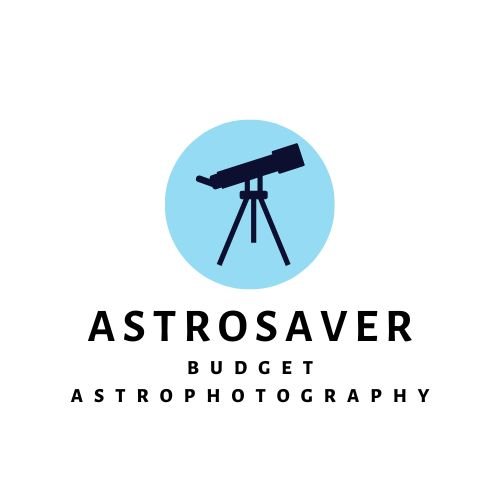
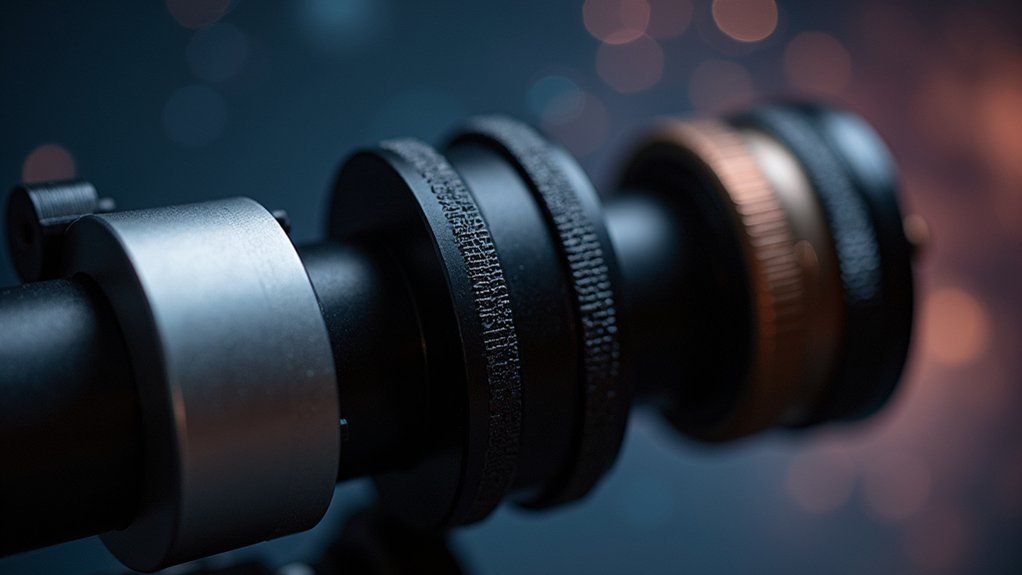
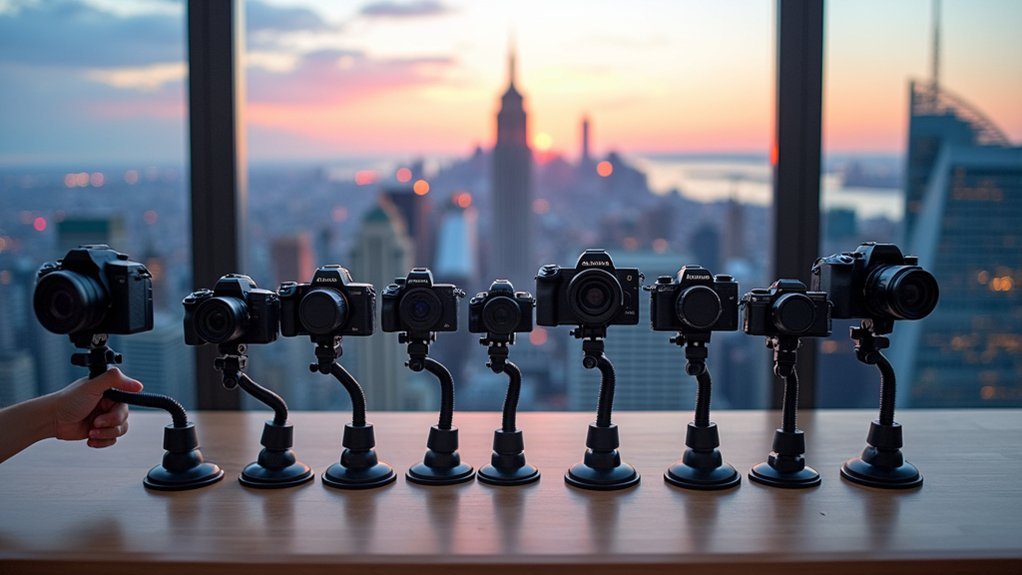
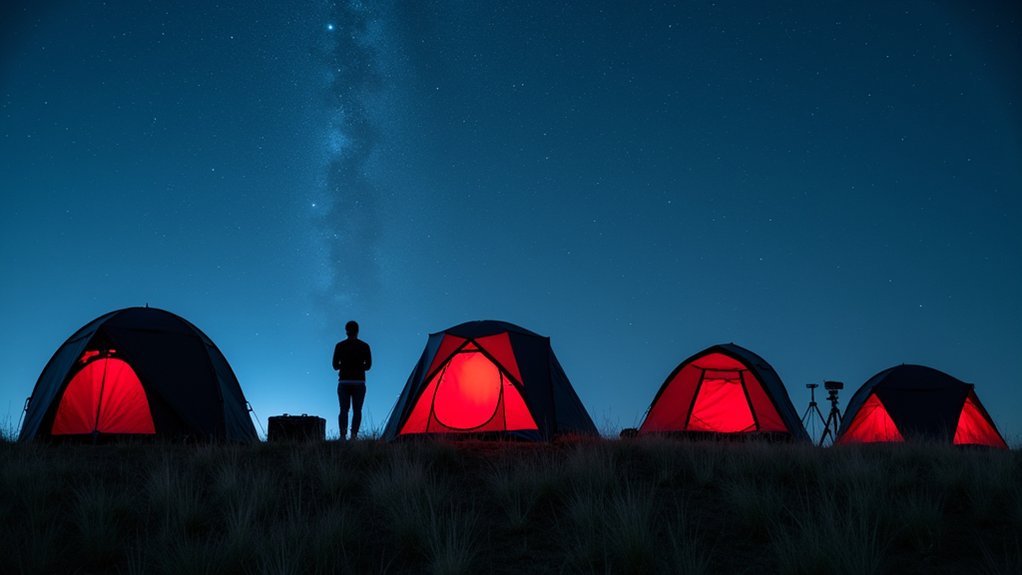
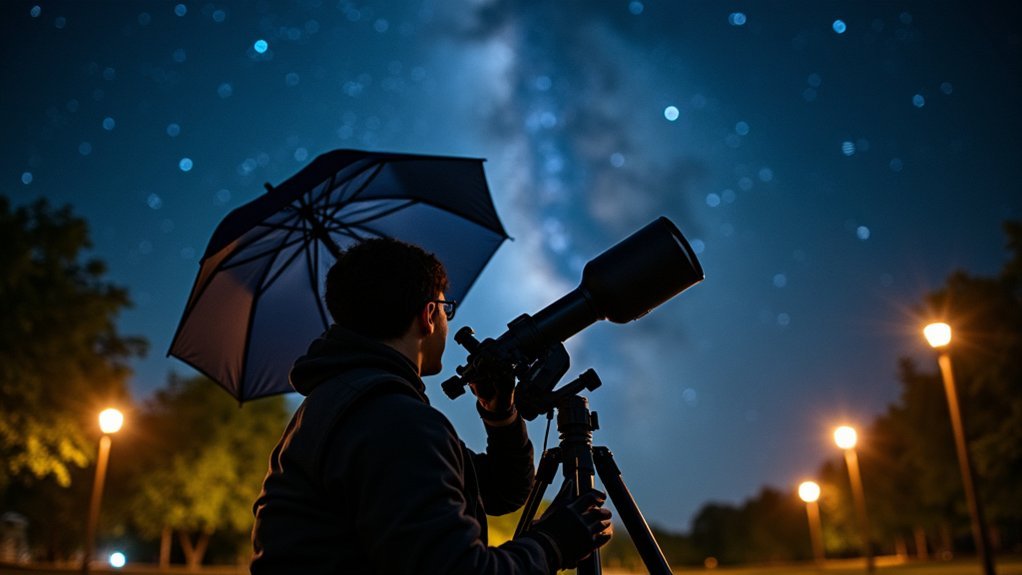
Leave a Reply